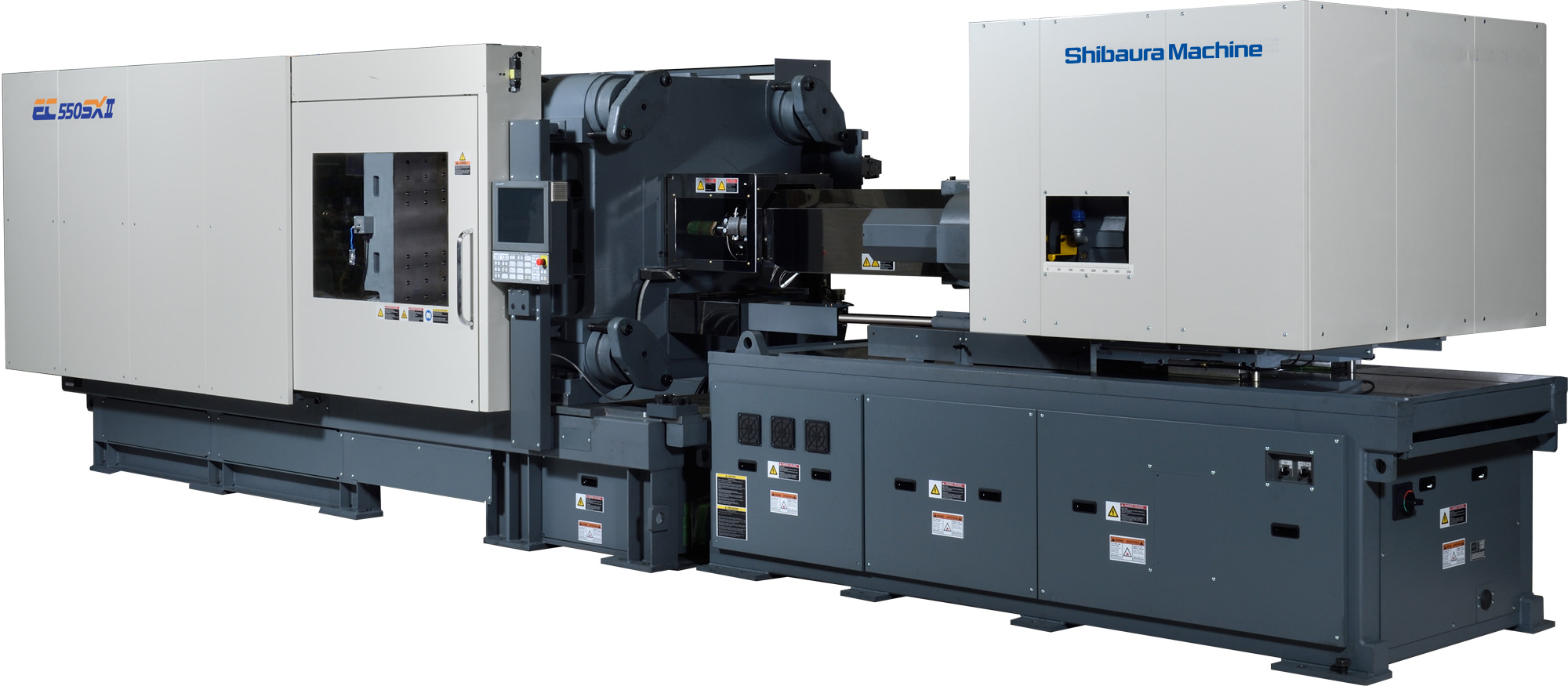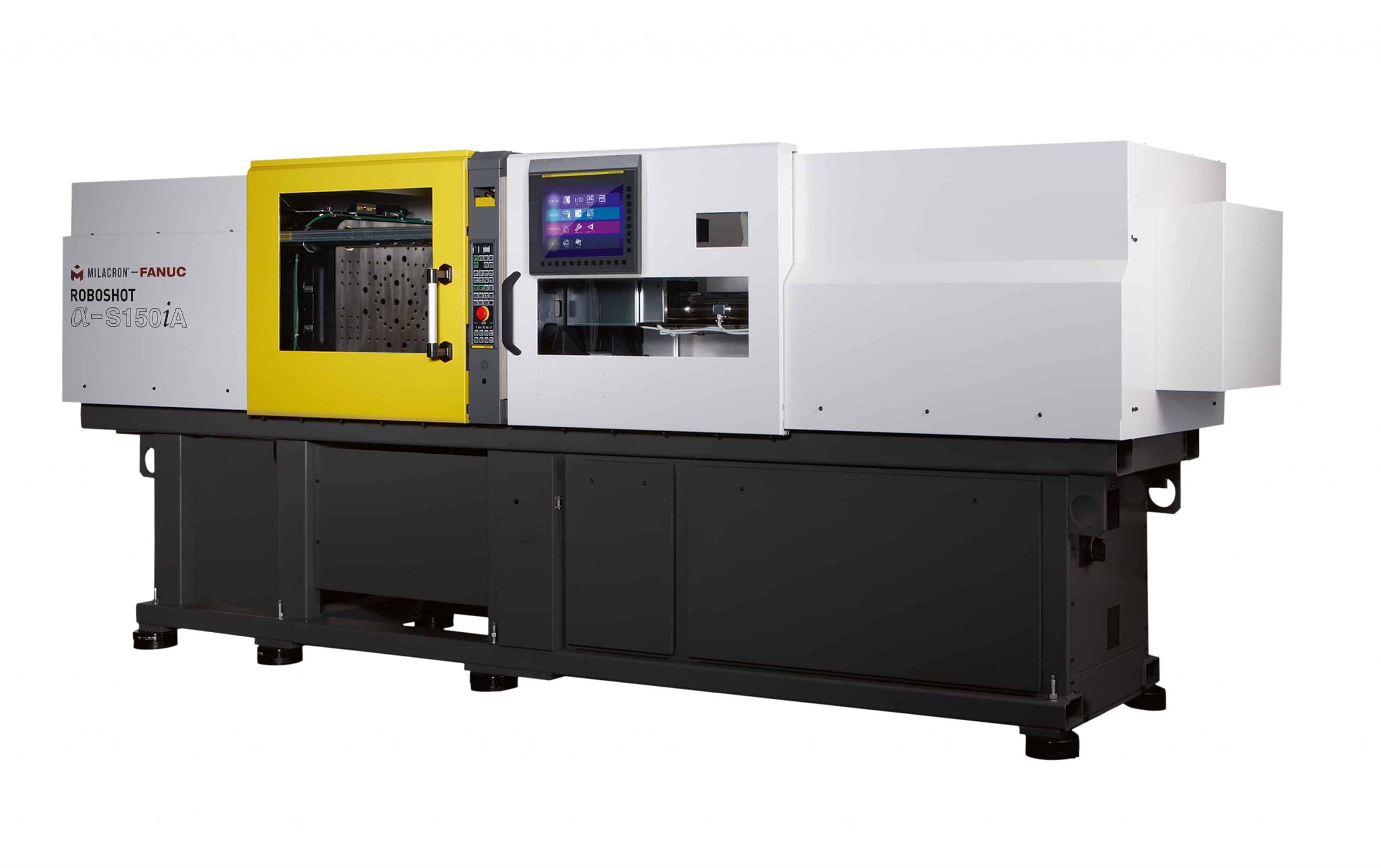What is Electric Plastic Injection Molding Machine and Why Are Commercial Molders Investing in it?
The plastic injection molding process has been serving in the plastic industry for ages. However, the electric plastic injection molding machine is the latest innovation among all variants of molding machines available.
An electric plastic injection molding machine is a breakthrough in the automated plastic molding process. It has revolutionized the plastic molding industry and generated significant revenues for molders smart enough to move with the trend and switch to electric molding.
You May Also Read: Effective Tips for Plastic Corner Molding
This article will introduce the electric plastic injection molding machine and compare it with its hydraulic alternative. Then it will finish off with why most plastic molders are now replacing their hydraulic machines with electrical ones.
The Electric Plastic Injection Molding Machine- An Introduction
As you would've gathered by its name, an electric plastic injection moulding machine is an electrically operated molding machine. It utilizes special motors called servo motors that control the machine's parts' motion, speed, and position.
The servomotor combines a simple motor and a sensor for feedback of process conditions. The sensor communicates with a controller, and it feeds the information to the motor regarding its next move.
These motors control every single stage of the plastic molding process. From mold opening and closing, injection to the moulded pieces ejection, each sub-process has a dedicated servo motor that only works to actuate that specific process.
The electric plastic injection molding machine performs all the stages of a plastic molding process. However, they use special motors to control each step. This feature puts them above their hydraulic counterparts in efficiency, operation and maintenance cost, among other factors.
Let's see what makes an electric plastic injection molding machine different from its hydraulic peer.
How is An Electric Plastic Injection Molding Machine Different from its Hydraulic Counterpart?
As we mentioned before, the electric and hydraulic plastic injection molding machines both operate on the same primary stages. Then what puts them apart so much that moulders prefer one over the other? The servomotors.
These particular motors are the key feature of electric molding machines that differentiate them from hydraulic molding machines.
Hydraulic molding machines employ hydraulic pumps and hydraulic oil to transmit power to drive all the plastic molding process stages. Moreover, these machines' hydraulic control system also uses a host of different pressure and temperature transmitter to aid with process control.
The hydraulic pumps consume electricity and convert it into pressure, which generates kinetic energy, and wastes a lot of energy as heat amid all this.
On the other hand, an electric plastic injection molding machine employs motors that drive each stage of the process. These machines require no motor oil or hydraulic fluid. And convert electrical energy directly into kinetic energy. Thereby eliminating the pressure generation step and minimizes heat production.
Benefits
An electric plastic injection molding machine has some apparent benefits over its hydraulic competitor. These advantages are why these intelligent machines are quickly replacing the hydraulic machines in all sectors of the plastic molding industry.
Some of the most common benefits that an electric plastic injection molding machine offers are:
Lower Energy Consumption
Industrialists and environmentalists very rarely get along. However, energy conservation is a feature that appeals to both of them alike, because for industrialists, it saves money, and for environmentalists, it preserves mother nature.
An electric plastic injection molding machine is a star in energy conservation. It eliminates the complex hydraulic system, thereby minimizing the amount of waste heat energy. Therefore, this machine utilizes a significant percentage of electrical energy that it retrieves without wasting.
More importantly, an electric plastic injection molding machine does not consume electricity when one of its stages is idle, unlike a hydraulic pump continuously operating even during the inactive stages like cooling and ejection. But, because an electric machine utilizes individual pumps for each stage, except for the motor dedicated to the underway stage, all other motors are off, saving energy.
Confusing? Let us elaborate. During the cooling phase in an electric molding machine, the motors dedicated to injection, mold opening and closing, and all other stages will not be working.
Thus, mostly only one motor operates at a time and saves around 50-75% energy as compared to the conventional hydraulic molding machine.
Short Cycle Time
Short cycle time equates to greater production volume. Electric plastic injection molding machines have an independent motor for each stage which may work simultaneously to save energy that a hydraulic machine wastes idling around and ramp-up the production rate.
Moreover, a servomotor powered electric injection moulding machine has a higher injection speed and can inject 800mm/second of molten plastic. Furthermore, it has a faster clamp motion and a more intelligent closed-loop control system. It makes real-time changes according to the operating conditions and product specifications.
Repeatability and Accuracy
Another reason why electric plastic injection molding machine is a favourite among commercial molders is its high repeatability.
Repeatability is an accuracy component that defines the efficiency of the machine. An electric molding machine is highly automated and digitized. It requires data to be fed to it once. It then adjusts its operating variables to adapt to the changing environment and does not let the product deviate from its defined specifications.
Hence, an electric molding machine can bulk-produce parts with constant specifications without any fine-tuning or supervision.
Moreover, these machines also have very high positioning accuracy (+/- 0.0001 in); therefore, the moulded parts' quality is never a concern when molding with an electric molding machine.
Lower Operational Cost
A plastic injection molding machine that saves energy is accurate and does not have a high operational cost. Is it a dream? Fortunately, no, it's not.
Contrary to what one may think of an electric molding machine, it is very cost-effective.
These machines generate less heat as compared to the hydraulic molding machines. Thus, they don't require additional chillers and coolers that are otherwise critical to ensure the efficiency of hydraulic machines.
Moreover, electric machines mould fewer defective products, thus producing more acceptable products per no. of cycles. In this way, they minimize the cost of wasted products which reflects in a decreased operational cost.
Most importantly, electric plastic molding machines are highly automated. They are robots working in the human world. Thus, they do not require any human supervision and are more capable of operating efficiently and producing accurately. Therefore, using these machines shrinks the labor budget as well.
No Hydraulic Oil
Electric injection molding machines do not use hydraulic fluids or motor oils to drive stages. This oil-less feature is useful because no motor oil means no oil leakage and contamination of parts and surroundings. Hence, these machines are great for medical and cleanroom applications.
Moreover, most motor oils need replacement after around 9000 working hours. Which means oil-powered machines are high maintenance. Since electric machines do not use motor oil, they do not call for maintenance for more extended periods, hence saving the maintenance cost.
Better ROI
Electric injection molding machine is, indeed, a hefty investment. However, it generates an ROI sooner than you can imagine.
Courtesy of its energy-saving capabilities and minimal operation and maintenance costs, this smart machine saves a lot on the moulders' electricity and operational bills.
Moreover, because it increases the production rate due to its high precision accuracy and repeatability, it also increases production revenue.
You May Also Read: How to Avoid Plastic Injection Molding Parts Defects?
Conclusion
The world is in an era of transition. We often see innovations revolutionizing industries in many ways. The electric molding machine is one such innovation that has transformed the plastics moulding industry.
Taking after the hydraulic plastic molding machine in terms of the primary procedure, the electric molding machine is better than its peer in many ways. It is more cost-saving, energy-saving, safer and cleaner, and not to forget its accuracy and repeatability.
Therefore, it is safe to say that an electric plastic injection molding machine is an investment that commercial plastic molders may never regret.







